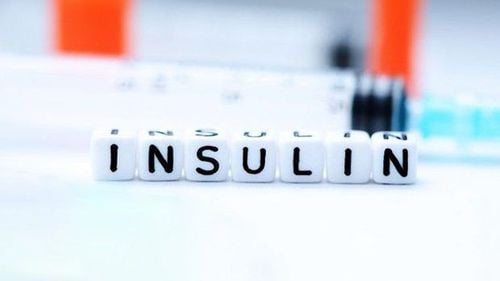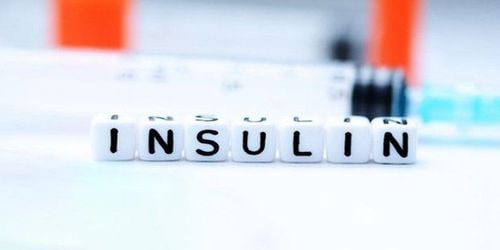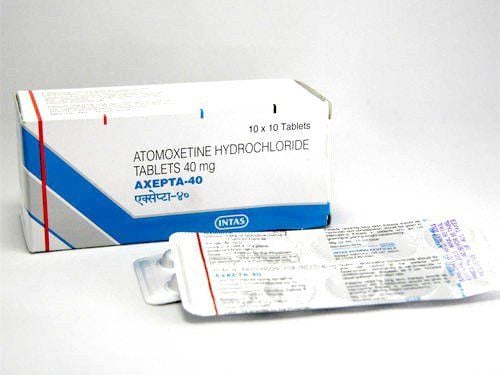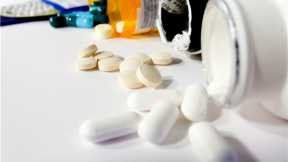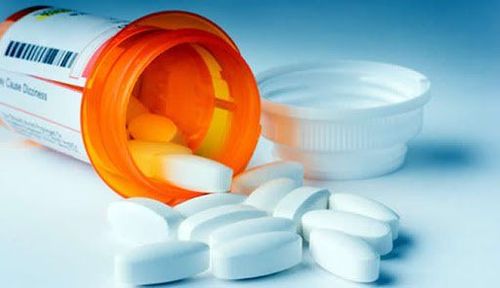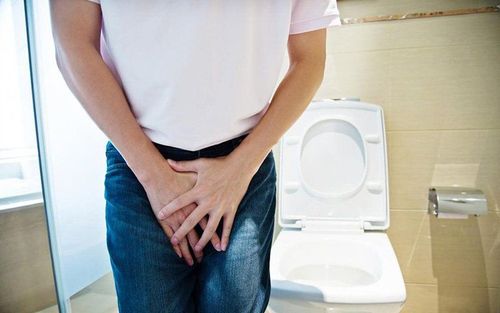This is an automatically translated article.
The article is expertly advised by MSc. Doctor Vu Thi Duyen - Doctor of Nephrology - Endocrinology, Department of Examination & Internal Medicine - Vinmec Hai Phong International General Hospital.Renal-derived diabetes insipidus (NDI) is a disorder of tubular water reabsorption. The reason is that the renal tubules are less responsive to vasopressin hormone (ADH), leading to a large amount of urine being secreted and diluted. Diabetes insipidus can be hereditary or secondary to conditions that impair the kidneys' ability to concentrate urine.
1. Overview of nephrogenic diabetes insipidus
1.1. Mechanism of water balance in the body Because water accounts for a large amount (about 70%) in the body, it is very important to balance the water absorbed in and out of the body. The body balances water by 2 main mechanisms:Promotes thirst to make the body feel like drinking more water. Use antidiuretic hormone ADH (vasopressin) to control the amount of water that is eliminated from the body through excretion. The hormone ADH is produced from the hypothalamus in the brain, then transferred to the pituitary gland and released into the bloodstream, where it acts on the kidneys to lead to the kidneys excreting less water in the urine (aids in water concentration). urine).
However, if the body already has too much water, the feeling of thirst will disappear, making you not want to drink or put more water in the body. At the same time, ADH is secreted more limited, increasing the amount of water out of the body, making the urine paler and more dilute.
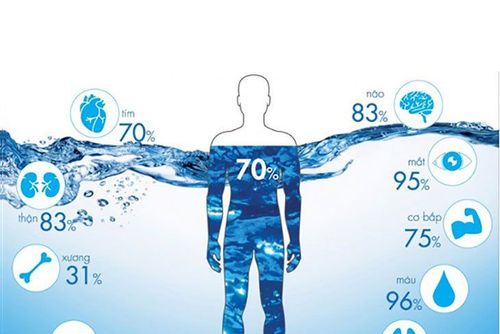
Việc cân bằng giữa lượng nước hấp thu vào và thải ra khỏi cơ thể là rất quan trọng
When patients with diabetes insipidus often tend to be thirsty, want to drink a lot of water. The body shows dehydration, dilute urine, sodium and potassium levels in the blood become unbalanced and elevated.
2. Causes of nephrogenic diabetes insipidus
Causes of nephrogenic diabetes insipidus include:Using certain drugs (eg, Lithium) in too high a dose. Heredity (very rare). Complications of some chronic kidney diseases. Diabetes insipidus of renal origin is quite rare. It affects the population at a rate of 1/25000, can occur at any age (but mainly adults). Currently, it is estimated that about 50% of cases of diabetes insipidus have no known cause.
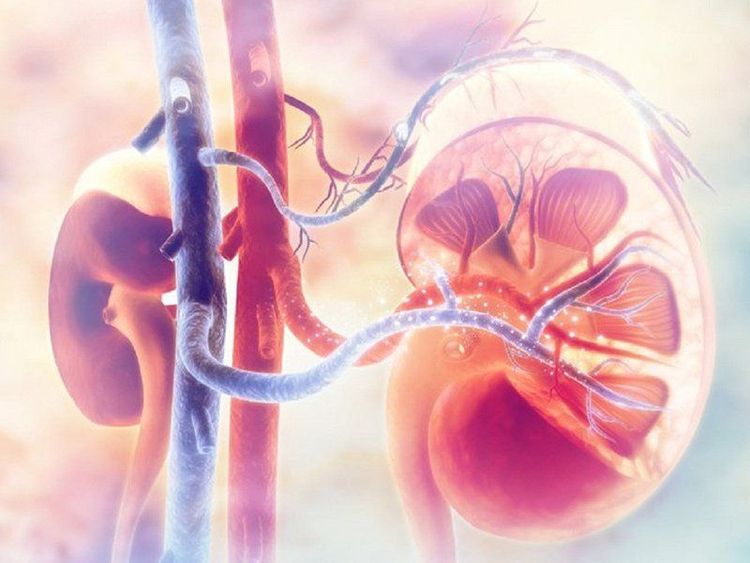
Đái tháo nhạt nguồn gốc thận khá hiếm
3. Symptoms of nephrogenic diabetes insipidus
The signs of nephrogenic diabetes insipidus include:Polyuria (polyuria): The patient urinates a lot (from 3-20 liters/day). Or have to wake up at night to urinate a lot. Feeling very thirsty despite drinking a lot of water. Dehydration with signs such as dry mouth, lips and tongue, dizziness, headache, lethargy, decreased concentration, unconsciousness. The test showed hypernatremia. Children with diabetes insipidus may be stunted and underweight, often fussy and difficult to comfort. Older children may have frequent bedwetting at night and urinary incontinence during the day. In addition, there is growth retardation, loss of appetite and fatigue.
4. Diagnostic measures for nephrogenic diabetes insipidus
The diagnosis of diabetes insipidus can be based on some of the following methods:Blood and urine tests: If you have diabetes insipidus, the test will show elevated levels of sodium and potassium in the blood. Blood and urine sugar (glucose) levels should also be checked to rule out diabetes. Water fasting test: This is a special test that requires you to limit your fluid intake or fluids for a certain period of time (about 6-8 hours). The urine output will then be assessed to see if there is a change in volume. If the body is normal, the amount of urine will decrease when you do not drink water for a long time. Conversely, if you have diabetes insipidus, the amount of urine excreted will not change. Using exogenous Vasopressin: After the water fasting test, you will be given an injection or oral drug similar to ADH. If you have nephrogenic diabetes insipidus, your urine output will not change or decrease by a very small amount. Other tests: Several other tests may be ordered to look for the cause of diabetes insipidus. For example, brain MRI to look for damage to the pituitary gland and brain.
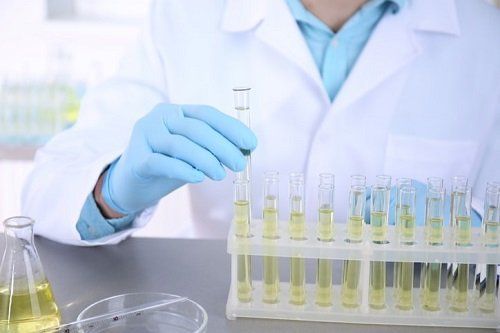
Thực hiện các xét nghiệm cận lâm sàng để chẩn đoán bệnh đái tháo nhạt
5. Measures to treat diabetes insipidus of renal origin
For patients with nephrogenic diabetes insipidus as a side effect of certain medications such as Lithium, the doctor may recommend a change in medication.If you have mild diabetes insipidus, your doctor will suggest that you drink lots of water to prevent dehydration. The diet also needs to be changed to reduce the amount of urine excreted: reduce salt, limit processed foods, low in protein foods such as eggs, fish, meat...
If you have diabetes insipidus of renal origin In severe cases, the doctor may recommend drug treatment (thiazide diuretics, NSAIDs, amiloride, hydrochlorothiazide...).
In short, in case you want to know what level your diabetes is, you can sign up for a diabetes screening package, dyslipidemia at Vinmec International General Hospital. Not only health screening, the diabetes and dyslipidemia screening package also helps to detect pre-diabetes early, accurately classify diabetes type, develop a nutritional regimen, and monitor the treatment of diabetes. risks and complications caused by diabetes.
Using the screening package for diabetes and dyslipidemia at Vinmec, customers will receive:
Endocrine CK examination (with appointment) Total urinalysis (by automatic machine) Quantitative Glucose Quantitative HbA1c Quantitative Uric Acid Quantification of Cholesterol Determination of HDL-C (High density lipoprotein Cholesterol) Determination of LDL-C (Low density lipoprotein Cholesterol) Determination of Triglycerides Determination of Urea Determination of Creatinine Measurement of AST Activity (GOT) Measurement of ALT Activity (GPT) Measurement of GGT activity (Gama glutamyl Transferase) Quantification of MAU (Micro Albumin Arine) Echocardiography, transthoracic pericardium, Normal ECG, Carotid Doppler ultrasound, Transcranial Doppler (carotid) Arterial Doppler ultrasound, veins of the lower extremities (bilateral lower extremity arteries).
Please dial HOTLINE for more information or register for an appointment HERE. Download MyVinmec app to make appointments faster and to manage your bookings easily.




